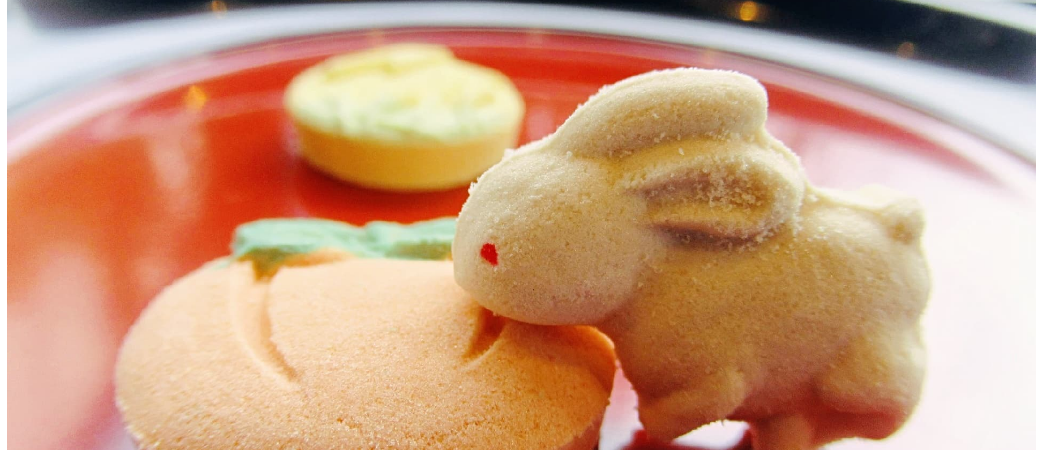The word ‘wagashi’ derives of ‘wa’ meaning Japanese and ‘kashi’ meaning sweets.
Wagashi is often enjoyed with matcha as the bitterness of the matcha helps compliment the sweetness of the confectionery. It’s reflective of the seasons and is often very delicately and intricately crafted.
Today, I’d like to explore a wagashi-making experience at Shoeidoh, a well-respected wagashi shop in Ichinoseki. Shoeidoh is famous for confectionery souvenirs such as Tamura no Ume (mochi with a jellylike plum sauce inside which is wrapped in an aoshiso green perilla leaf) and Gomasuri Dango (a delicate mochi with a rich sesame syrup inside).

(images taken from Shoeidoh’s website)
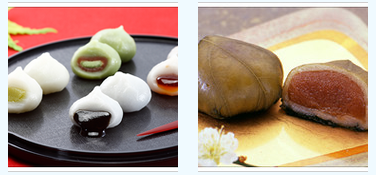
As you walk in, you will see counters decorated with delightful seasonal desserts and a Japanese Garden which you can admire from the cafe space. Alongside Tamura no Ume and Gomasuri Dango are some exciting sweets such as wasanbon, a treat that exemplifies the texture and taste of well-refined sugar and ‘Kohaku’, a Shoeidoh brand jelly confectionery. The texture is like that of a jelly-bean with a crispy sugar crust on the outer layer. Aside from being able to purchase these incredible treats as souvenirs or trying something from their cafe menu, you can also try your hand at making wagashi at their main branch, which is a ten-minute walk from Ichinoseki Station.
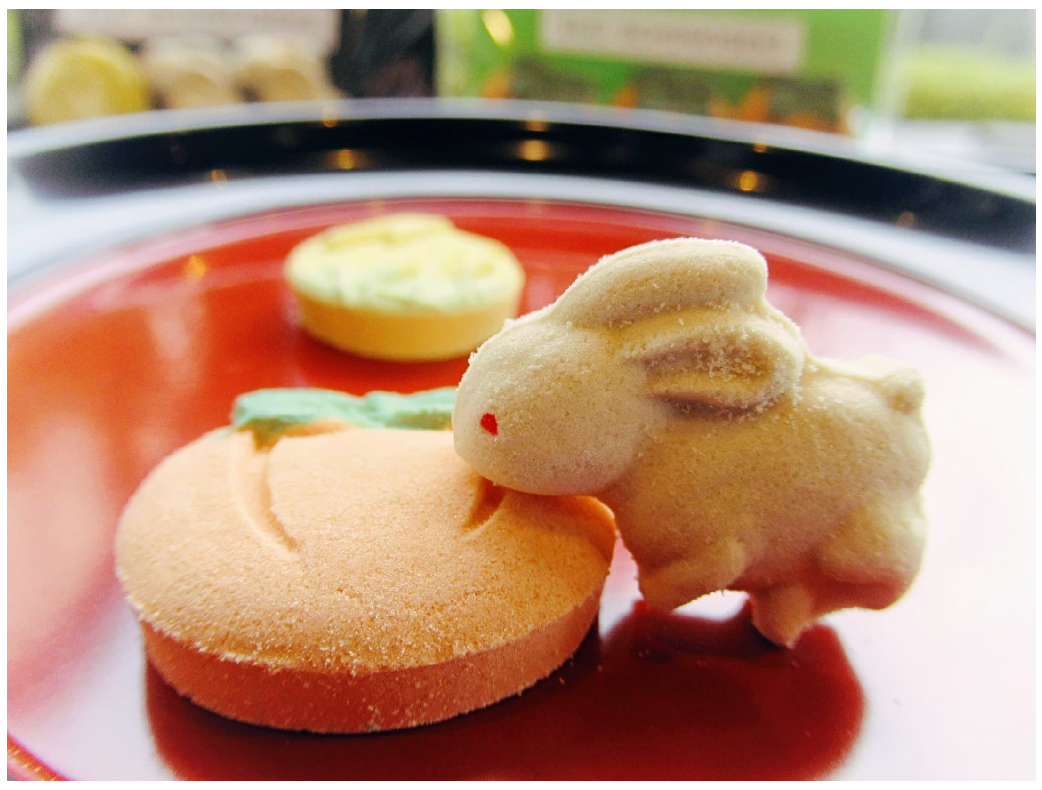 Autumn wasanbon
Autumn wasanbon
Wagashi Making Experience
The store is more than happy to show you how to make wagashi (reservations required; see below for details). A class is 1650yen per person for a 30-minute lesson, which includes green tea (matcha upgrade available for extra price). We made two types of ‘nerikiri’ seasonal sweets made of bean paste and mochi flour. Here is our experience.
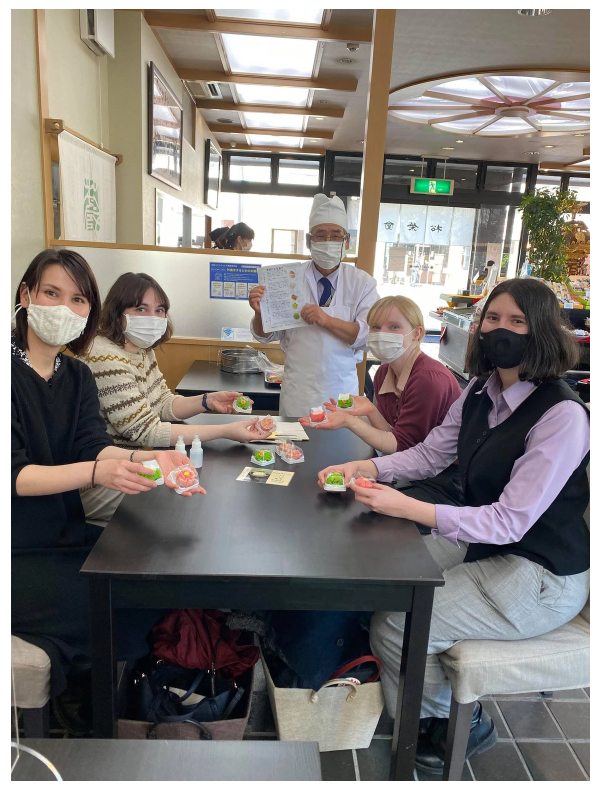
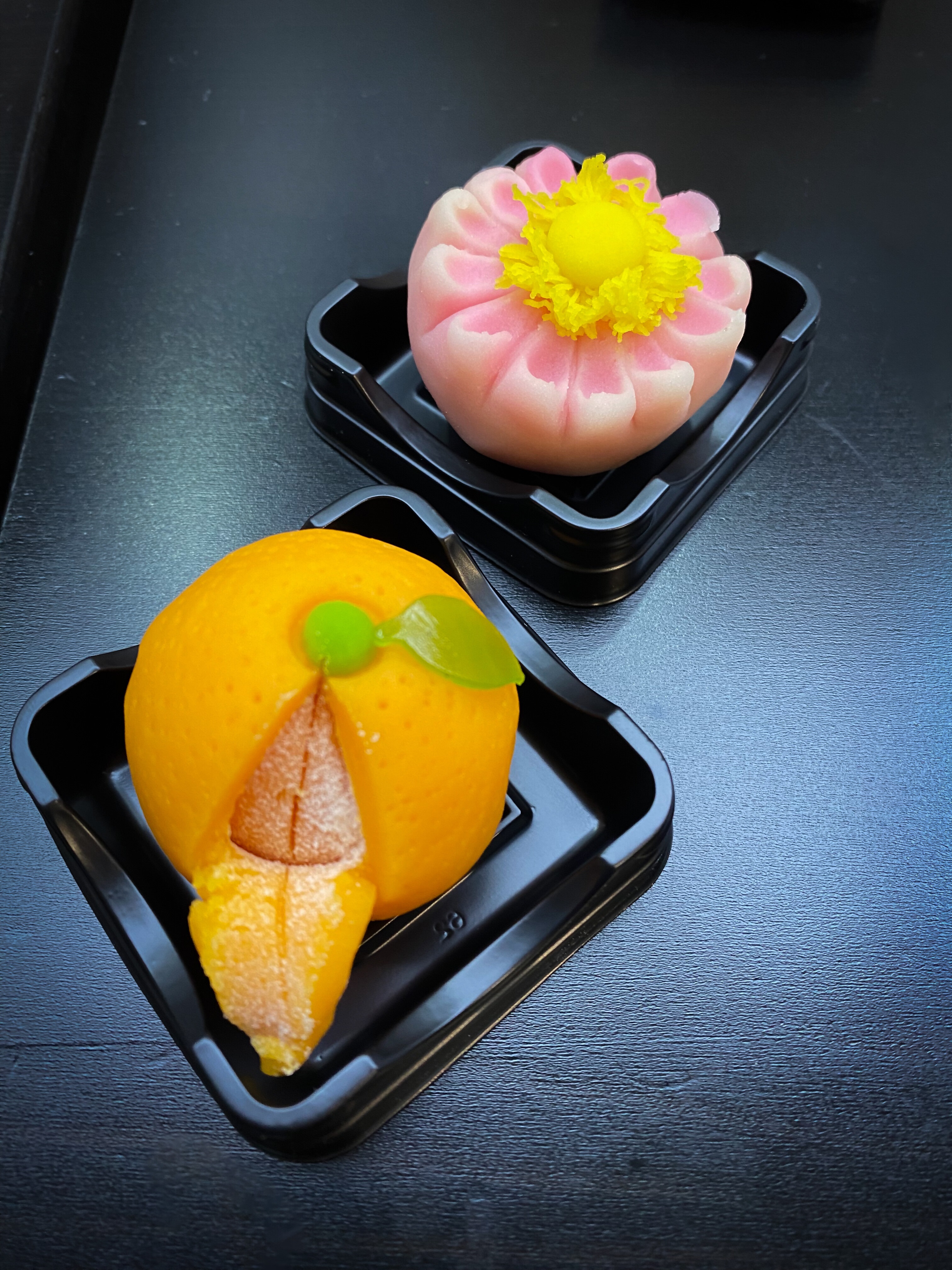
1) You will be asked to wash your hands on arrival and be guided to a table set up with all your wagashi needs.
2) The teacher will demonstrate how to make the wagashi. We created a spring lawn and plum blossom for our March lesson. (I also visited in November and produced a chrysanthemum and mandarin).
3) After the demonstration, you will be able to try your hand at making them yourself. The teacher will follow along with you.
4) Once you have made your creation, you have the option to eat them with some tea or take them home.
The experience can be held from 2 to 15 people. We went as a group of four which was just right for an intimate walk-through. During the lesson, you will be able to experience many wagashi techniques. The teacher makes it look so easy but don’t be disheartened if they don’t turn out the way you want them to on your first try. We enjoyed comparing our creations and adding our own special touches.
And to top off the thoroughly enjoyable experience, the nerikiri were delicious!
Lessons are only available in Japanese. (Originally an Ichinosekilife article)
Japanese
和菓子の世界【「和菓子」のwaとは日本的な、kashiはお菓子を意味します。(「和菓子」の意味を英語で説)】
和菓子は季節を反映し、繊細で鮮やかな物が多いです。
抹茶の苦味が和菓子の甘さを引き立てるため、和菓子は抹茶と一緒に楽しむことが多いです。
今回はその和菓子を作る「和菓子作り体験」について紹介します。
一関市内にある和菓子店「松栄堂」本店で体験しました。
松栄堂さんは「田村の梅」(青じその葉に包まれた梅あん入りの餅)や「ごま摺り団子」(中に濃厚な胡麻のすり蜜が入った団子)などの銘菓を製造しています。
店内に入ると、季節のデザートが並ぶカウンターや、カフェスペースから眺められる日本庭園が目に入ります。
「田村の梅」や「ごま摺り団子」、精製された砂糖の食感と味わいが楽しめる和三盆や、松栄堂のゼリー菓子「紅白」など、心躍るスイーツたちが置かれています。「紅白」はゼリービーンズのような食感で、外側の皮はサクサクの砂糖でできています。
お土産として購入したり、カフェメニューとして味わうことができます。
和菓子作り体験
同店では、和菓子の作り方を丁寧に教えてくれます(要予約、詳細は下記)。
30分のレッスンで1人1,650円、煎茶付き(抹茶を希望する場合はプラス料金)。
私たちは餡と餅粉を使った季節のお菓子「練り切り」を2種類作りました。以下は私たちの体験です。
1) 到着したら手を洗い、和菓子作りに必要なものがすべて用意されたテーブルに案内されました。
2) 先生が和菓子の作り方を実演してくれます。
ちなみに3月のレッスンでは、梅の花と春の芝生、また、11月に体験したときはみかんと菊でした。
3) デモンストレーションの後、自分で作ってみる。ます。先生も一緒にフォローします。てくれます。
4) 出来上がった作品は、お茶と一緒に食べるか、持ち帰ることができます。
体験は2人~最大15人まで可能です。私たちは4人グループで行いましたが、ちょうどいい人数でした。
ワークショップでは、たくさんの和菓子のテクニックを体験することができます。
先生はとても簡単そうに見せてくれますが、初めての挑戦で思い通りにいかなくても大丈夫です。
出来上がった作品を見比べたり、自分なりのアレンジを加えたりして楽しめます。
そして何より、練り切りがとても美味しかったです!
※体験の説明は、日本語のみです。
